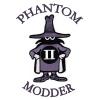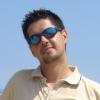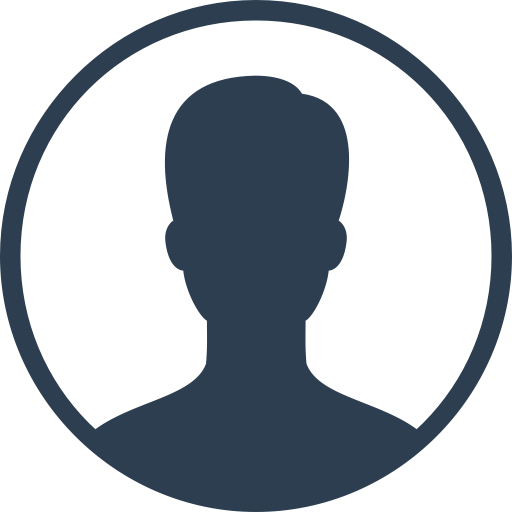- 0 replies
- 894 views
- Add Reply
- 0 replies
- 1,732 views
- Add Reply
- 0 replies
- 942 views
- Add Reply
- 0 replies
- 1,424 views
- Add Reply
- 0 replies
- 1,143 views
- Add Reply
- 1 reply
- 1,296 views
- Add Reply
Government to use drones to study how hurricanes intensify

By Erik,
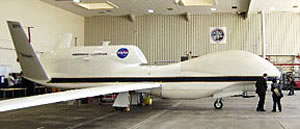

New to the data collection effort this year is the Global Hawk, a high-altitude, jet-powered unmanned surveillance drone about the size of a corporate jet. AP FILE
Government to use drones to study how hurricanes intensify
By TONY WINTON
Associated Press
The U.S. government is preparing to launch a study to solve one of the most vexing questions about hurricanes: Why do some storm systems rapidly intensify into destructive cyclones, while most remain weak?
Starting
Russian air force completing MiG-31BM modernization program

By Erik,


Russian air force completing MiG-31BM modernization program
13/08/2010 RIA Novosti. Skrynnikov
The Russian air force is completing a modification program for its MiG-31 interceptor aircraft to the MiG-31BM standard, the force's commander Col.Gen. Alexander Zelin said on Friday.
"The air force is currently carrying out the vital task of deep modification of the MiG-31 aircraft to MiG-31BM standard. This task is being successfully carried out," he said.
The MiG-31BM is fitte
Indra’s Electronic Defense Systems for Italian U212 Submarines

By Erik,


Indra’s Electronic Defense Systems for Italian U212 Submarines
By Indra on August 13, 2010
Indra will implement its electronic defence systems in two new U212 submarines to be acquired by the Italian Navy after signing an agreement with Fincantieri - Cantieri Navali Italiani.
The system will allow this traditional submarine, which is one of the most noiseless and hard to detect, to notice any active radar within a certain range. The analysis capacity of the system enables detectio
Logistics system release transforms combat support

By Erik,
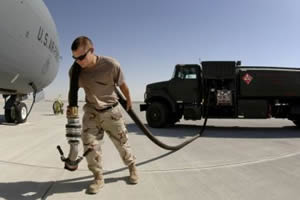

Logistics system release transforms combat support
By Air Force News Agency on August 13, 2010
WRIGHT-PATTERSON AFB, Ohio: A new age for Air Force logisticians began when a pilot version of the Expeditionary Combat Support System went live July 31 at Hanscom Air Force Base, Mass.
The Expeditionary Combat Support System will transform business processes, alter management and control systems, and affect personnel roles and organizational structures across the entire logistics arena.
Persistent Wireless Broadband Communications Network for the Battlefield

By Erik,
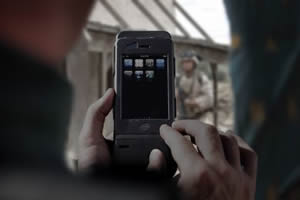

Persistent Wireless Broadband Communications Network for the Battlefield
By Lockheed Martin on August 13, 2010
Private Military Network Brings Secure Smartphone Technology to Warfighter
VALLEY FORGE, Pa.: Warfighters on the battlefield will have a persistent wireless broadband network available for tactical use with a new MONAX™ communications system from Lockheed Martin [NYSE: LMT] that combines the convenience of smartphone technology with the power and flexibility of a secure
IAF going in for massive upgrade of airfields, helipads

By Erik,


IAF going in for massive upgrade of airfields, helipads
Rajat Pandit, TNN, Aug 13, 2010, 02.07am IST
NEW DELHI: From new Sukhoi-30MKI bases at Chabua (Assam), Halwara (Punjab) and Jodhpur (Rajasthan) to one for Tejas fighters in Sulur (Tamil Nadu), IAF is going in for a massive upgrade of its airfield and helipad infrastructure across the country.
This will not only bolster operational logistics and flexibility on both the eastern and western fronts with China and Pakistan,




